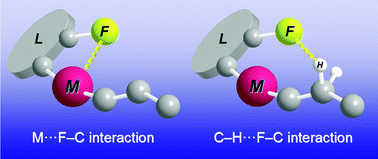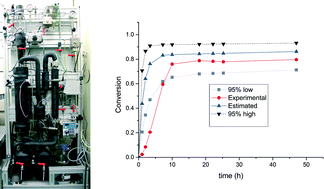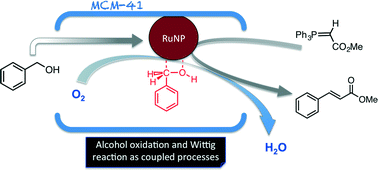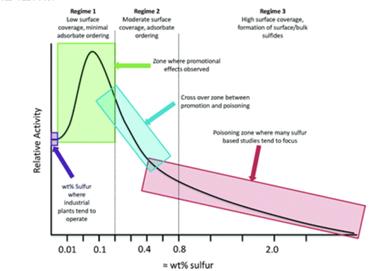Synthesis of cyclic carbonates catalysed by aluminium heteroscorpionate complexes
José A. Castro-Osma, Carlos Alonso-Moreno, Agustín Lara-Sánchez, Javier Martínez, Michael North and Antonio Otero
Catal. Sci. Technol., 2014, Advance Article
DOI: 10.1039/C3CY00810J
Free to access until 17th January 2014
Attractive interactions in olefin polymerization mediated by post-metallocene catalysts with fluorine-containing ancillary ligands
Akihiko Iwashita, Michael C. W. Chan, Haruyuki Makio and Terunori Fujita
Catal. Sci. Technol., 2014, Advance Article
DOI: 10.1039/C3CY00671A
Free to access until 17th January 2014
Kinetics of cyclooctene hydroformylation for continuous homogeneous catalysis
Sabriye Güven, Bart Hamers, Robert Franke, Markus Priske, Marc Becker and Dieter Vogt
Catal. Sci. Technol., 2014, Advance Article
DOI: 10.1039/C3CY00676J
Free to access until 17th January 2014
Glycol metalloporphyrin derivatives in solution or immobilized on LDH and silica: synthesis, characterization and catalytic features in oxidation reactions
Kelly A. D. F. Castro, Mário M. Q. Simões, M. Graça P. M. S. Neves, José A. S. Cavaleiro, Fernando Wypych and Shirley Nakagaki
Catal. Sci. Technol., 2014,4, 129-141
DOI: 10.1039/C3CY00472D
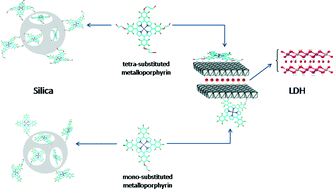
Free to access until 3rd January
NiAl and CoAl Materials Derived from Takovite-like LDHs and Related Structures as Efficient Chemoselective Hydrogenation Catalysts
Constantin Rudolf, Brindusa Dragoi, Adrian Ungureanu, Alexandru Chirieac, Sébastien Royer, Alfonso Nastro and Emil Dumitriu
Catal. Sci. Technol., 2014,4, 179-189
DOI: 10.1039/C3CY00611E

Free to access until 3rd January
Mild synthesis of Mesoporous silica supported ruthenium nanoparticles as heterogeneous catalysts in oxidative Wittig coupling reactions
Adela I. Carrillo, Luciana C. Schmidt, M. Luisa Marín and Juan C. Scaiano
Catal. Sci. Technol., 2014, Advance Article
DOI: 10.1039/C3CY00773A
Free to access until 3rd January



